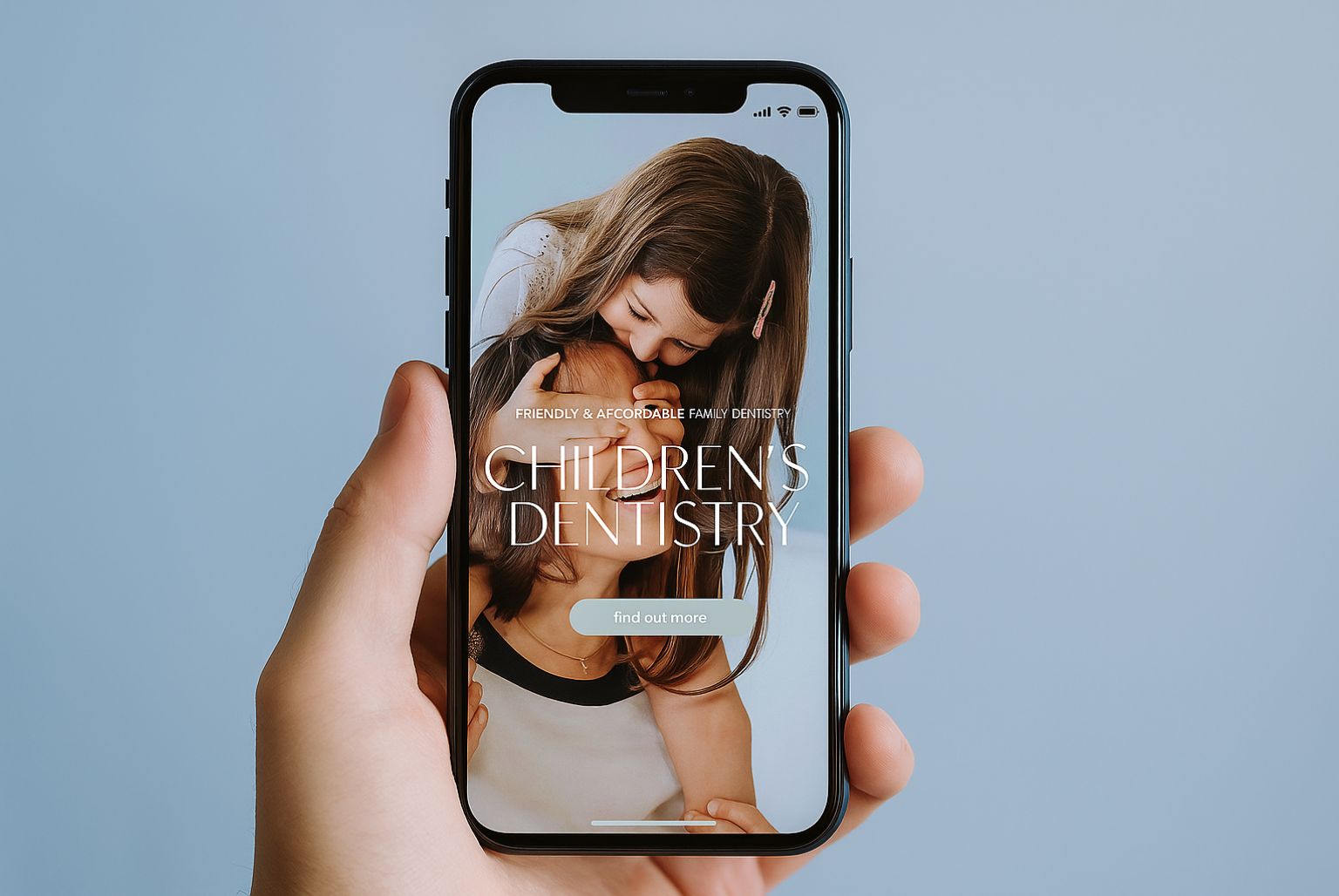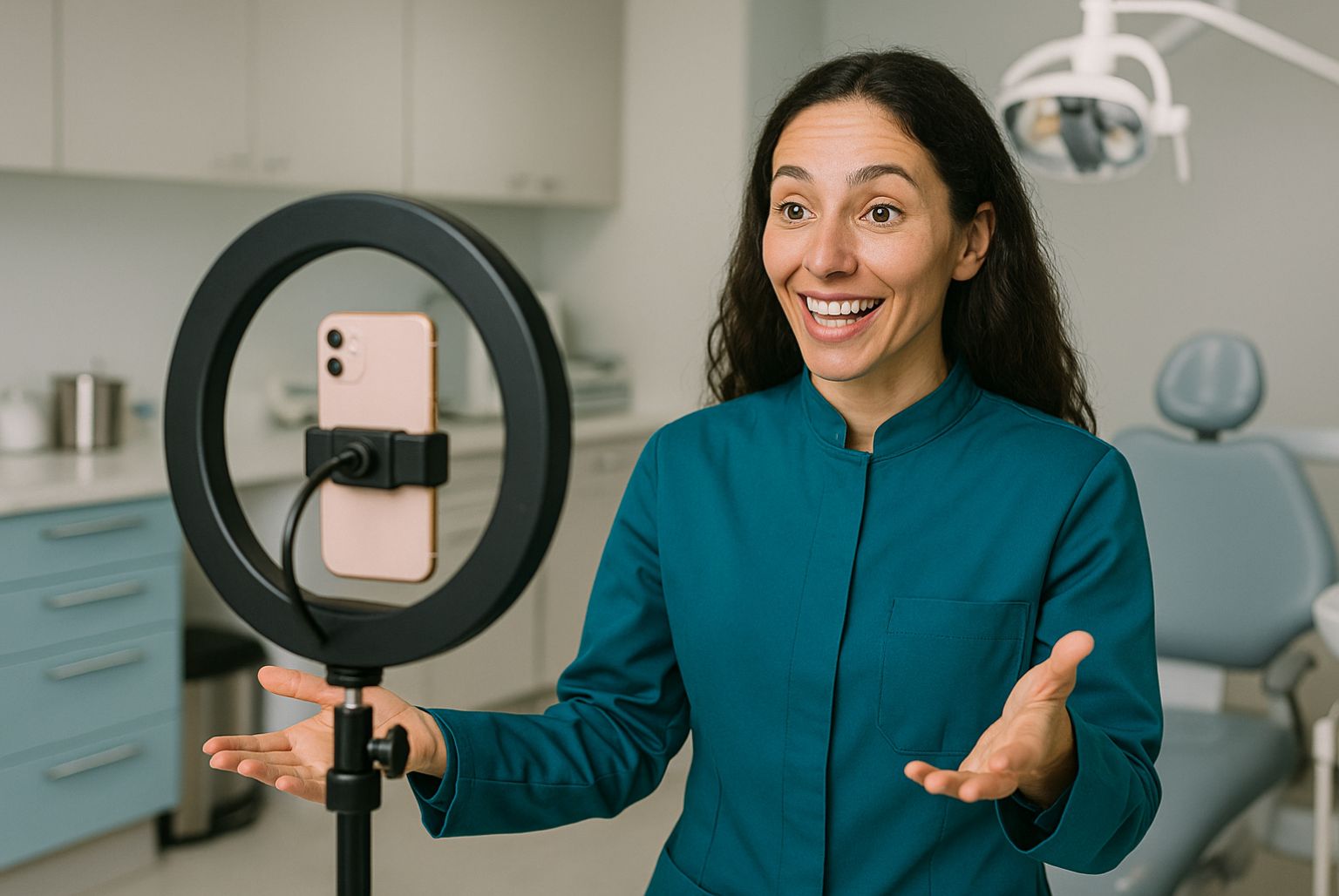Does your clinic website feature a blog? If it doesn’t – or if it does but you’re not blogging consistently – here are a few stats that may make you want to rethink your strategy:
- Websites with a blog tend to have 434% more indexed pages, which means your website will appear in a wider variety of searches and Google will see your website as a resource to share with searchers (Source: Tech Client).
- 47% of buyers read 3-5 pieces of content before engaging with a sales rep (Source: Hubspot).
- Marketers who prioritize blogging are 13 times more likely to achieve a positive return on investment (ROI) on their efforts (Source: Hubspot).
- Companies that blog receive 97% more links back to their website – and backlinks are one of the key ranking factors for Google (Source: Hubspot).
Blogging is a fantastic tool for providing fresh content for your clients, old and new, as well as search engines that are looking for high quality, relevant and current information to share with searchers. It can also help you to position yourself as an expert and grow your professional reputation.
Through blogging, you can give your clinic a voice and create a conversation with your audience. Your blog will also prove to be a long-term marketing asset.
Still, knowing that blogging has the potential to be good for business is just the beginning. Your next step is to create a blogging strategy that fits with your clinic and begin creating content, even if you outsource that to someone else.
When creating a blogging strategy with the intention of growing your client base and, therefore, your clinic, you need to answer the following questions:
- Who do we want to read the blog?
- What do we want our clinic blog to achieve?
- What are we going to blog about?
- How often are we going to blog?
Know your audience
It’s impossible to write a blog that appeals to everyone. Instead, we would recommend thinking about your target audience and creating content that directly meets their needs, reflects their aspirations or solves their problems.
You can have different segments of audience – for example, if you offer cosmetic dental and aesthetic treatments in your clinic, you can write blogs that appeal to each ‘type’ of client. One option is to alternate between client groups from one blog to the next, so that no client has to wait too long for a blog that’s relevant to them.
Set your goals
Before you start your clinic blog – or take it to the next level if you’re already blogging – it’s essential to identify your goals for your blog. Many businesses have several goals, which might include:
- Growing your professional reputation within your industry
- Developing your reputation within a specific niche or for a particular treatment
- Attracting more new patient enquiries and bookings
- Building your social media presence
- Growing your marketing mailing list
Once you understand why you’re blogging, you should find it easier to create content that works in support of and harmony with your goals.
Identify some topics for your blog
Once you know who you want to reach and why you want to blog, your next task is to think about the topics you want to cover on your blog. To help you do this, you might want to consider the following questions:
- What are our clinic’s most popular/profitable treatments?
- What are our most frequently asked questions?
- What information do our clients need?
- Are there experiences that our clients would like to hear more about?
- Is there additional information that would enhance the client experience and support our customer service efforts?
- How can we show we are experts in what we do?
- What equipment or training would clients like to know more about?
You could also try using free tools such as Google Analytics, Google Search Console, Google Trends or BuzzSumo to reveal what questions people are asking or terms they’re searching for online.
For example, if we use BuzzSumo to search for ‘coolsculpting’, the most widely shared topics include:
- Six things to know before considering Coolsculpting
- Coolsculpting to treat flabby arms
- Coolsculpting for belly fat
- Coolsculpting special
- The cost of Coolsculpting
Equally, a search for ‘teeth whitening’ shows us that the top ten most shared articles on this topic are all about home teeth whitening options.
In both cases, these are the topics people are reading, talking about and sharing with others. This can give you your own topic ideas – perhaps you could write a guide to Coolsculpting? – or even encourage you to look at popular topics from another angle, e.g. ‘Why in-chair teeth whitening beats at-home treatments’.
A good approach is to write down 12 topics that you feel you could comfortably blog about and that meet the needs of your audience.
Agree an editorial calendar
Your next step should be to decide how often you intend to publish a new blog to your website. It’s important to settle on a frequency that’s manageable. Whether you opt for once a week or once a month, what your readers will most want is consistency rather than a flurry of fresh content and then nothing from you for months at a time.
Those 12 topics you wrote down will then give you a plan for your editorial calendar for the next three to 12 months, depending on the frequency you plan to blog.
Some pointers about content
People often ask whether blogs need to be a specific length. Evidence from various sources, including Searchmetrics, shows that, although there isn’t a definitive magic number for a blog’s word count, the average word count of the topic ranking blogs on page one of Google is 1,140 to 1,285 words.
It makes sense that longer blogs would be higher ranking. With a long blog, you can provide meaty, valuable content for your clients, going into detail about a topic that is of interest to them. Because of how long it takes to read, long-form copy also increases the amount of time a person spends on a website – known as ‘dwell time’ – which is an important ranking signal to Google.
You can include links to extra information and resources – both on and off of your site – which will enhance the reader’s experience of reading the blog and may attract more backlinks. If you include a link to an influencer within your industry, you could even mention/tag them in a Tweet or Facebook status and begin a conversation with someone who could boost or endorse your professional reputation.
Another pointer is to try to include relevant images or graphics within each blog article. According to marketer, Jeff Bullas, blog articles with images get 94% more views than text-only content.
Make it shareable
One of the biggest blogging mistakes businesses make is to publish a blog and think that people will automatically find it. In reality, you need to let people know that a fresh blog article is available to read. You might do this by:
- Posting it on your various social media platforms
- Turning key points from the article into Tweets or Facebook statuses
- Adding the article to your clinic newsletter
- Including a link to your latest article in your email signature
- Tagging influencers you’ve included in the article
In addition, make sure that you have social media sharing buttons within the article itself so that readers can share it with their own networks.
Track the data
One final piece of advice to make it a habit to monitor the data you get from Google Analytics, Google Search Console, your email marketing provider and/or social media profiles each time you publish a blog.
This will show you which topics are generating the most interaction, where your traffic is coming from, the actions people are taking after reading your blog, and much more.
Armed with this information, you should be able to refine your blogging strategy in the future by pinpointing the topics that get your audience talking, the best days and times for blogging and where you have the most engaged audience online.
Good for business
We won’t lie – blogging is a commitment – but the benefits can be huge in terms of reaching new clients, building your brand, gaining insights into your audience, building your reputation, and attracting enquiries.
If you need help with your clinic blog or you would like to know more about outsourcing your blogging to grow your clinic, then give us a call at Cosmetic Digital on 0115 9140 640.




